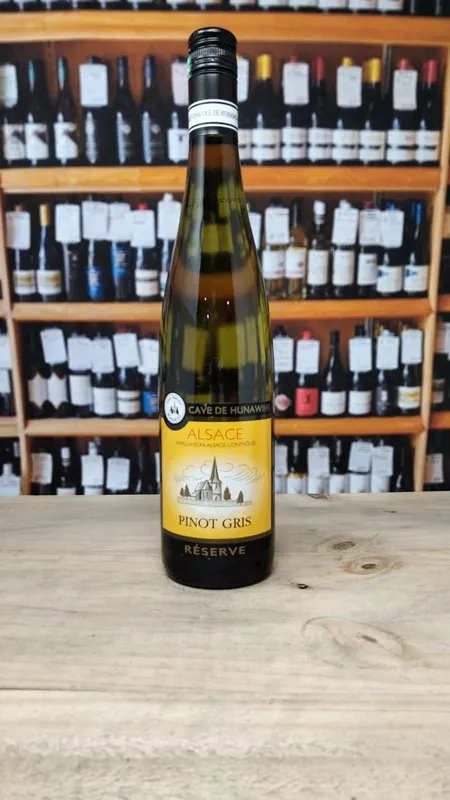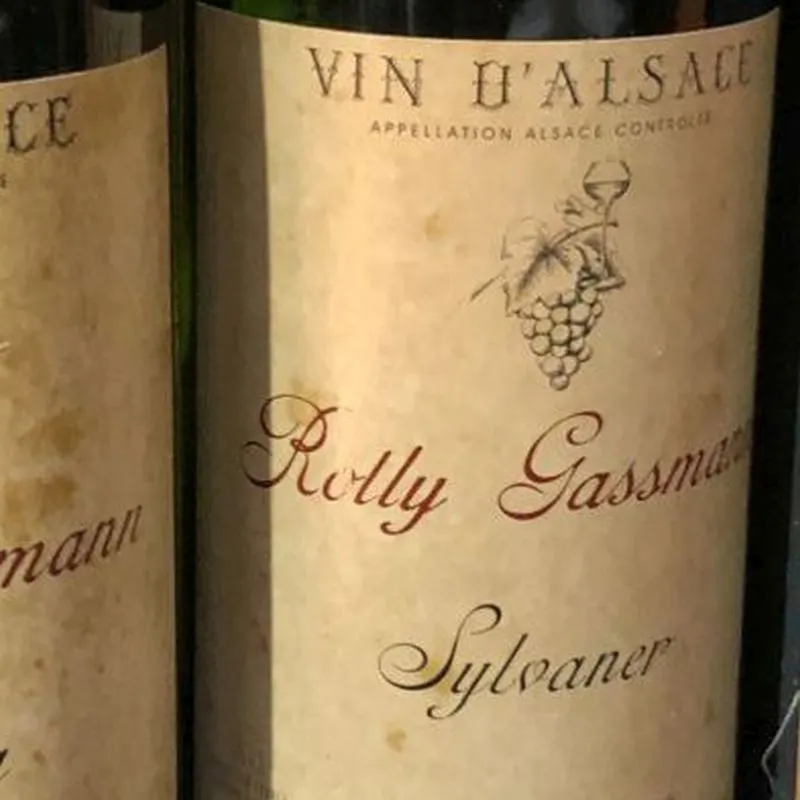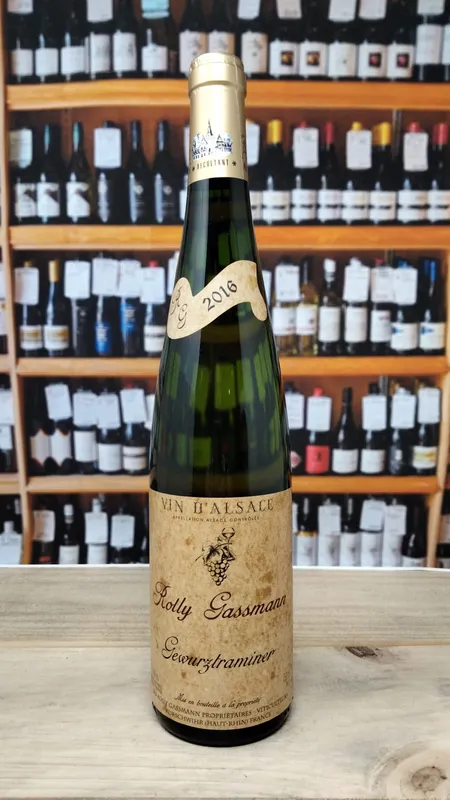There 7 products in this category
Active Filters
Categories
80
115
24
Rolly Gassmann
Rolly-Gassmann is a domaine like no other and has a unique style. It is located at Rorschwihr, a sleepy village on the northern rim of Haut-Rhin. The vineyards are located in Rorschwihr and the neighbouring Rodern and Bergheim. The wines are small masterpieces with very good definition. They all carry the signature of Rolly-Gassmann, a certain shameless, velvety sweetness. The fruit is rich and manages to balance the fruit with a vibrant acidity to form wines that melt on the palate.
80
295
28
Cave de Hunawihr
Sheltered from oceanic influence by the Vosges Mountains, the Alsace wine region enjoys practically the lowest rainfall in France (only 400-500mm per year) and is blessed with a semi-continental climate, sunny, hotand dry. These optimal weather conditions, along with a nice and cool fall season, allow the grapes to ripen slowly and to develop an amazing complexity of aromas. Overt Riesling character at once, with baked tertiary fruit. Evolving. A touch musky. Great balance at 90g/l RS. Not cloying, rather Tarte au Citron. Hugely persistent.
80
115
20
Cave de Hunawihr
Grapes for this Pinot Gris were sourced from selected small plots in the Hunawihr vineyards, which lie at an altitude of 250-300 metres above sea level. On the palate, elegant flavours of pear are supported with a subtle smokiness.
80
295
28
Cave de Hunawihr
Sheltered from oceanic influence by the Vosges Mountains, the Alsace wine region enjoys practically the lowest rainfall in France (only 400-500mm per year) and is blessed with a semi-continental climate, sunny, hotand dry. These optimal weather conditions, along with a nice and cool fall season, allow the grapes to ripen slowly and to develop an amazing complexity of aromas. Overt Riesling character at once, with baked tertiary fruit. Evolving. A touch musky. Great balance at 90g/l RS. Not cloying, rather Tarte au Citron. Hugely persistent.
80
115
24
Rolly Gassmann
Rolly-Gassmann is a domaine like no other and has a unique style. It is located at Rorschwihr, a sleepy village on the northern rim of Haut-Rhin. The vineyards are located in Rorschwihr and the neighbouring Rodern and Bergheim. The wines are small masterpieces with very good definition. They all carry the signature of Rolly-Gassmann, a certain shameless, velvety sweetness. The fruit is rich and manages to balance the fruit with a vibrant acidity to form wines that melt on the palate.
80
115
90
Famille Hugel
Fruity and floral on the nose with crispiness and medium+ acidity as a contrast on the palate. Outstanding Riesling that is several steps ahead of any other regular/basic house Riesling. Citrus, grapefruit, hints of honey and minerals. Vegan, Biodynamic agriculture
80
115
24
Rolly Gassmann
Rolly-Gassmann is a domaine like no other and has a unique style. It is located at Rorschwihr, a sleepy village on the northern rim of Haut-Rhin. The vineyards are located in Rorschwihr and the neighbouring Rodern and Bergheim. The wines are small masterpieces with very good definition. They all carry the signature of Rolly-Gassmann, a certain shameless, velvety sweetness. The fruit is rich and manages to balance the fruit with a vibrant acidity to form wines that melt on the palate. From clay/calcareous marl soils from Rorschwihr, the golden-yellow Gewurztraminer opens with a beautifully clear, intense and aromatic, very elegant and already mineral and complex nose. Full-bodied, highly elegant and perfectly balanced, with stimulating salinity and grip, this is a gorgeous, well-concentrated Gewurz with a long and elegant, highly seductive finish






